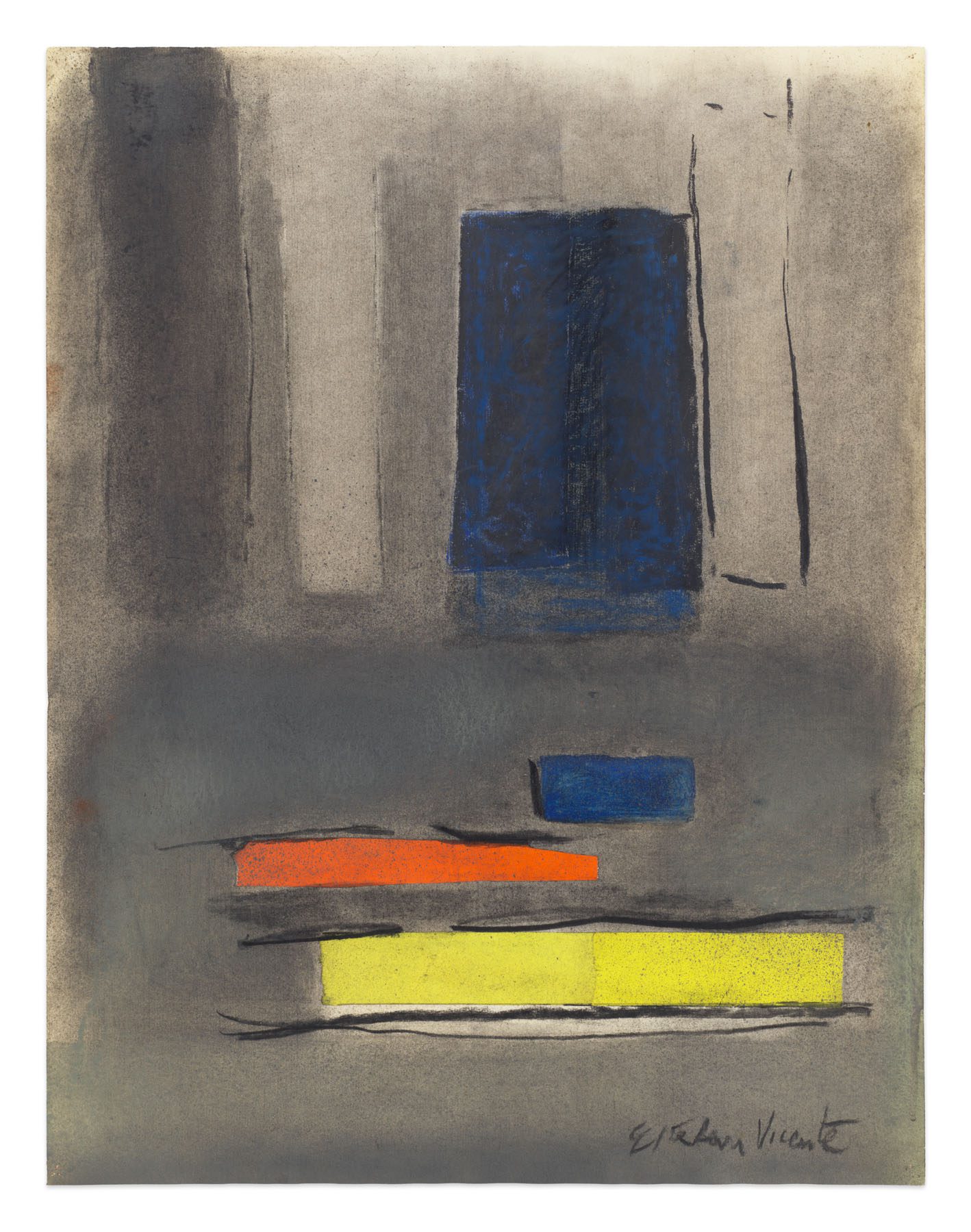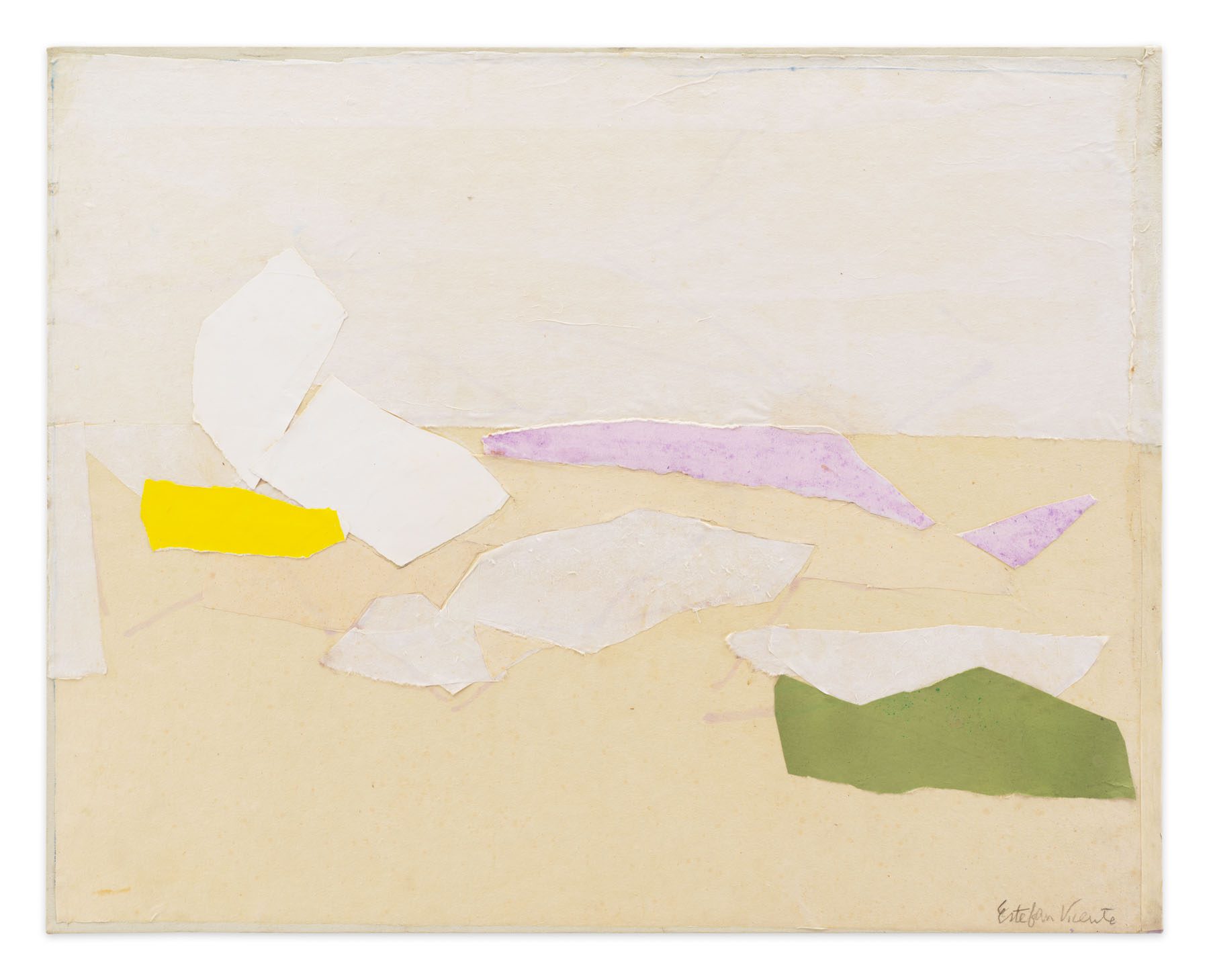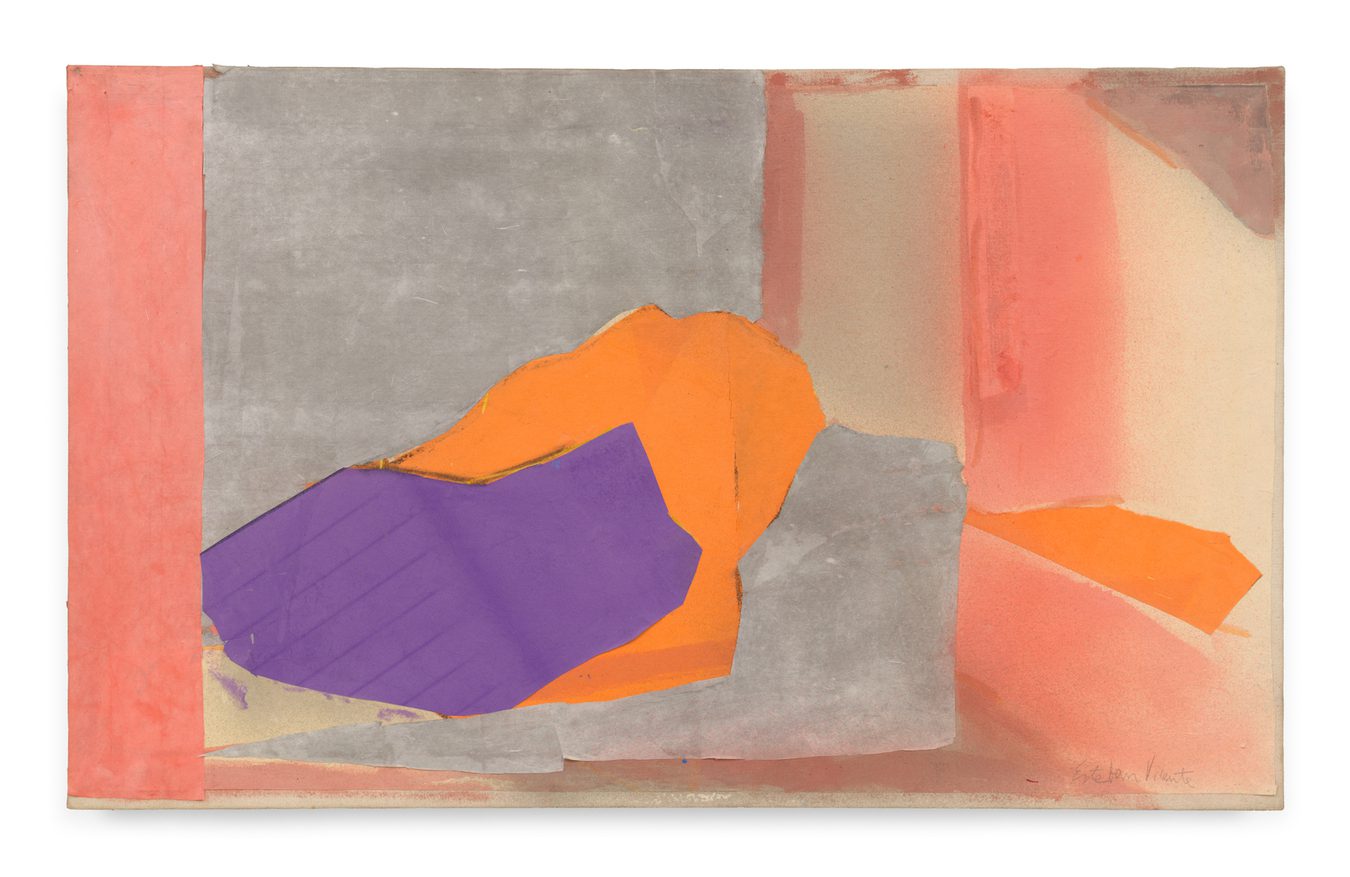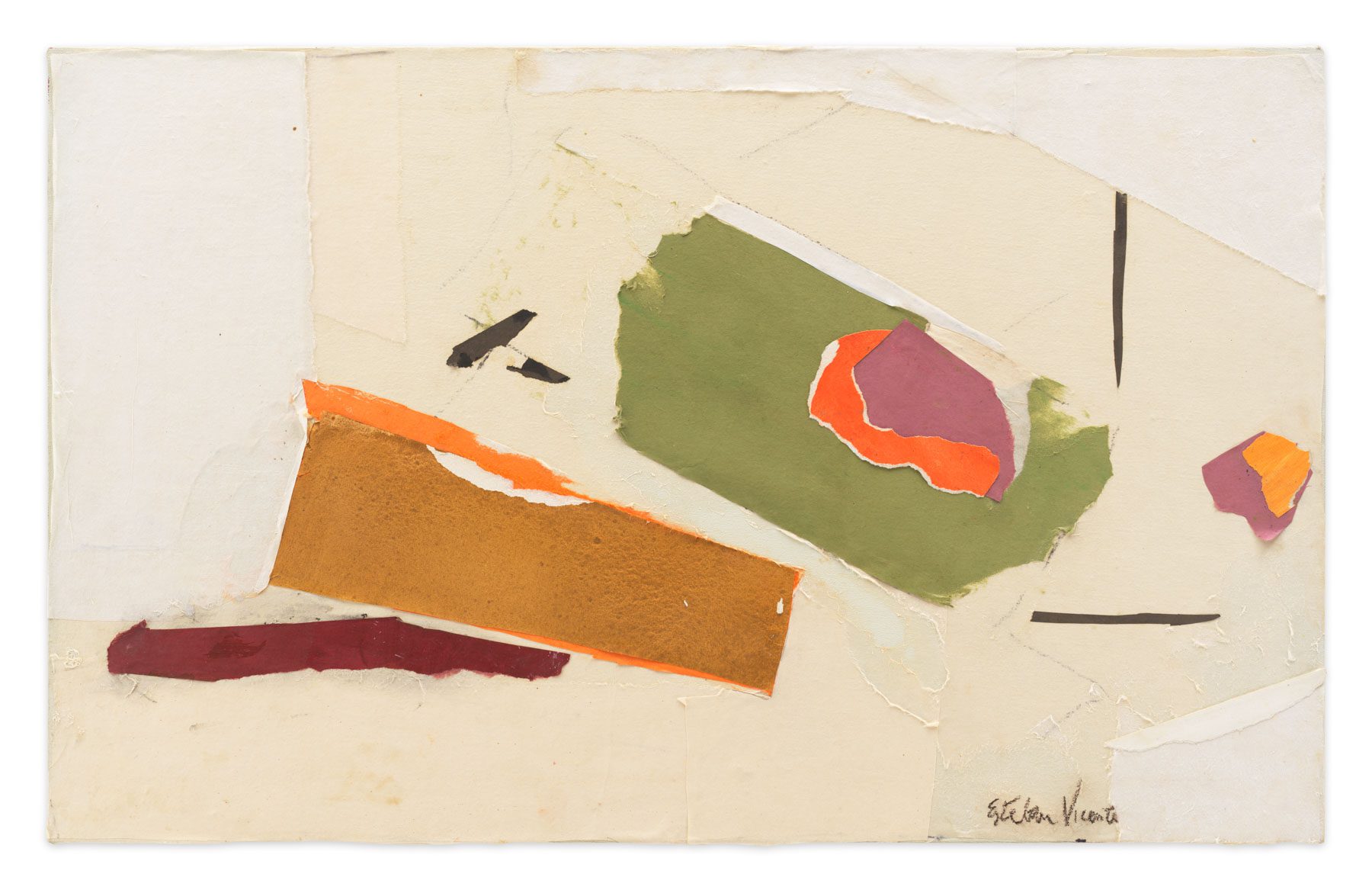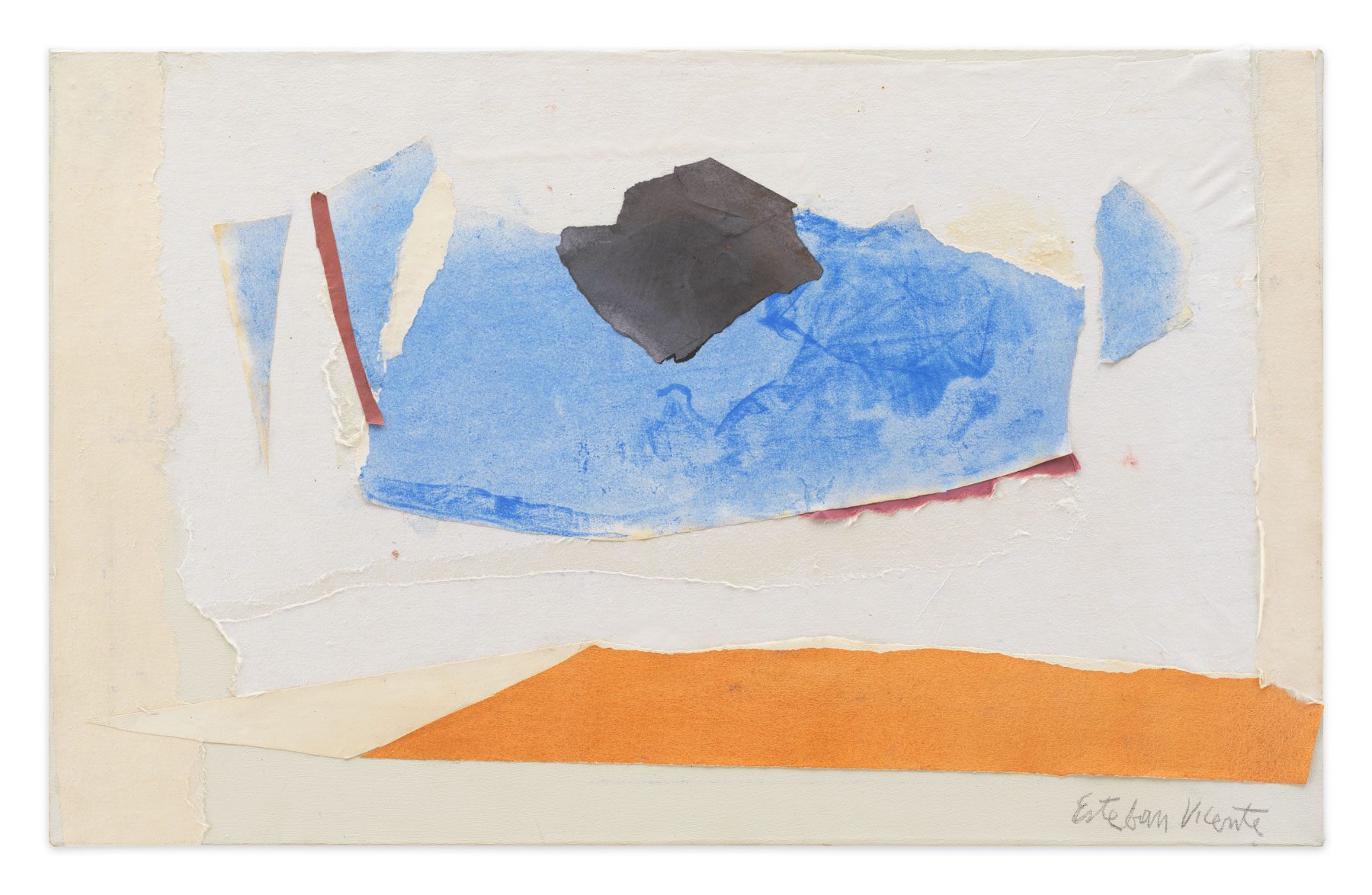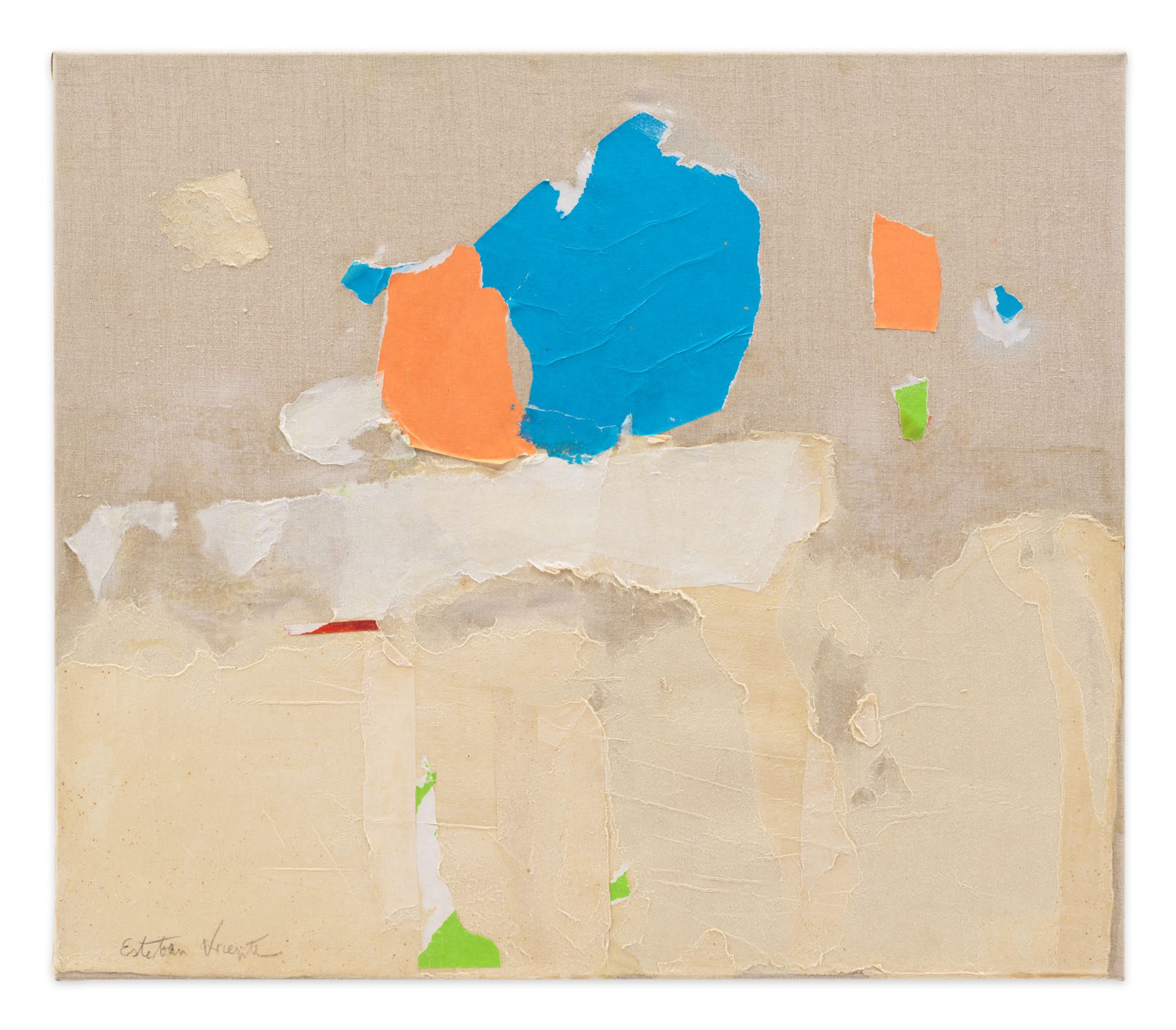Madrid
Cayón is pleased to present, in its two spaces in Madrid, the first exhibition of Sergio García Sánchez (Granada, 1967) at the gallery.
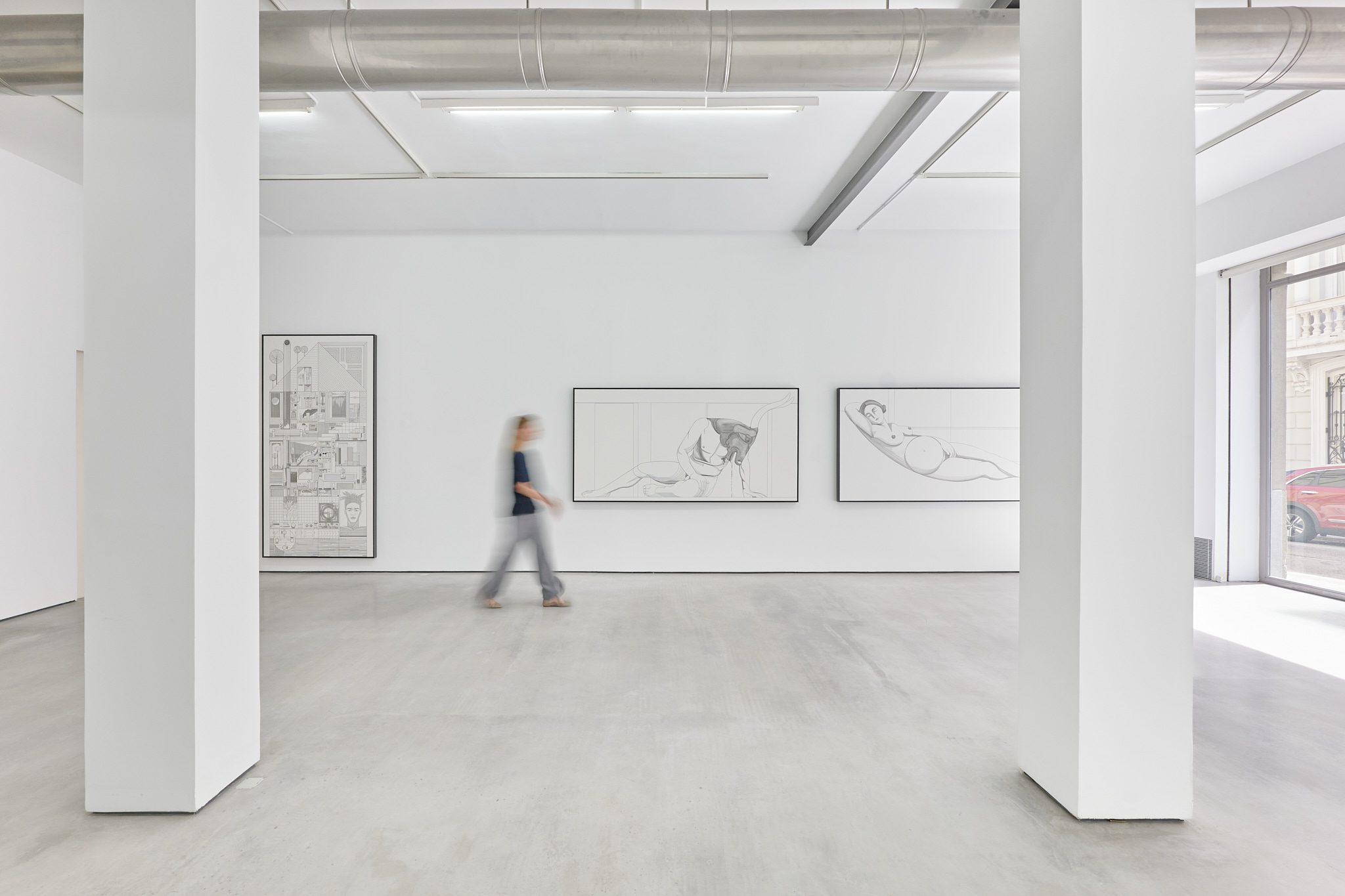
Sergio García is one of the most important comic artists in the world: a professor at the Faculty of Fine Arts at the University of Granada, winner of the National Illustration Award in 2022, creator of numerous covers for El País, The New York Times (in its cultural supplement), and The New Yorker, he has primarily developed his career in the French and Belgian markets.
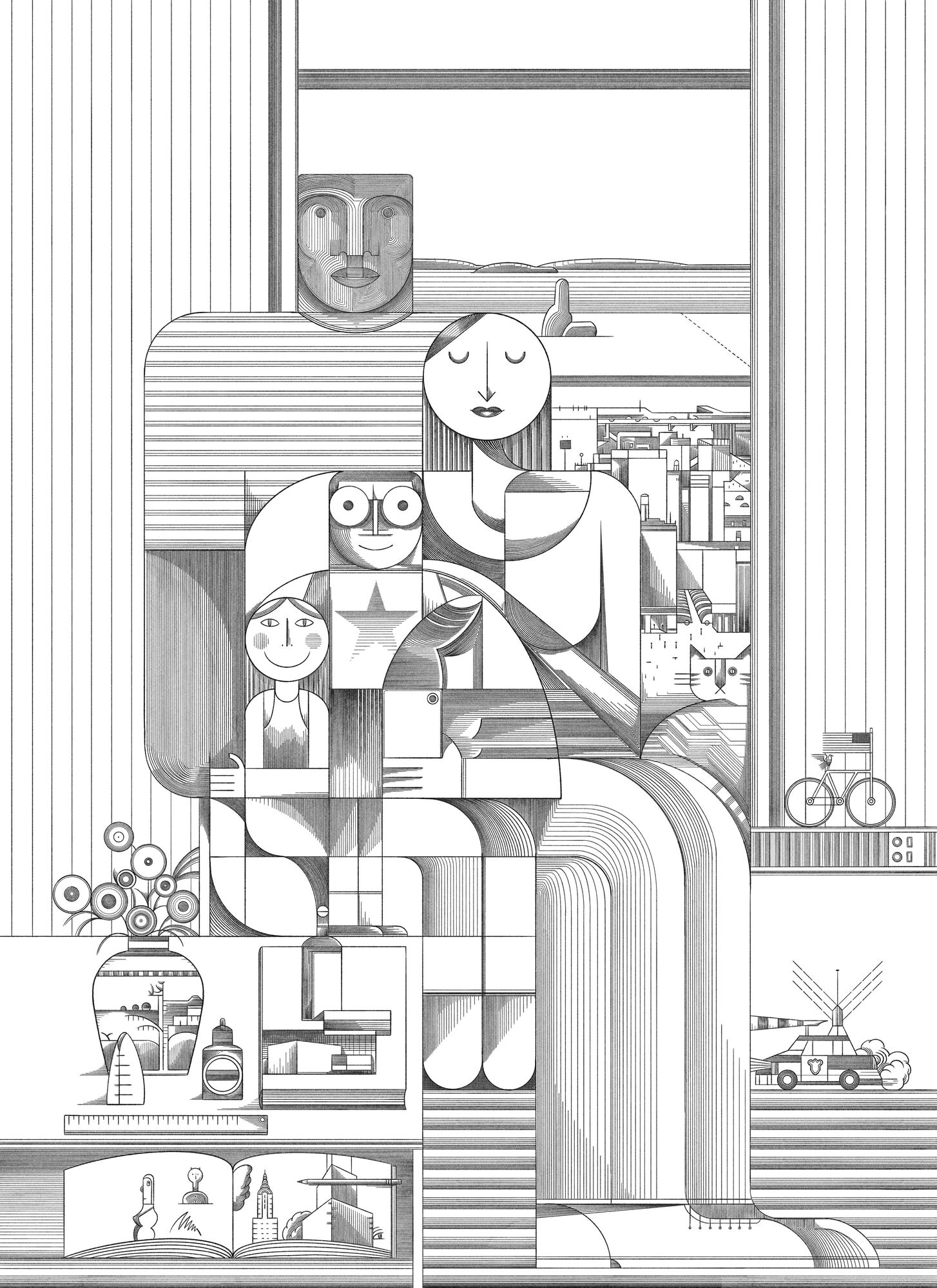
With his unique and personal style, which sometimes blurs the line between comic strip and artwork, Sergio García joins the tradition of comic artists who have been incorporated into galleries, such as, among others, Robert Crumb.
Unlike other comic creators, García does not limit himself to merely presenting his scenes in commercial galleries, but instead, starting from a style that is linear in form (as befits his training and career, as well as his use of the iPad in his graphic and artistic creation), he also creates autonomous works of art, which are presented in large formats, thus stepping beyond mere illustration.


That thin line, that border between the comic panel and the autonomous work of art, is the one that Sergio García’s work walks.
To complete the information about the exhibition, this note is accompanied by the text written by Paco Baena, director of the José Guerrero Center, Granada.
(…) The jury’s evaluation awarded him the National Illustration Prize highlights that Sergio García expands the book format by taking graphic storytelling to other places and multiplies the possibilities of illustration with images that, on their own, narrate.” That is, they emphasize the narrative character of his work, intrinsically tied to the sequentiality inherent in comics, which guided his research from the outset and later expanded to illustration (the series published in The New York Times, where he offered visual summaries of literary classics, was crucial for this shift).
This is the main path through which his academic and professional work, both theoretical and practical, has flowed: experimentation with the syntactical possibilities of graphic space. Recently, on the occasion of his induction into the Royal Academy of Fine Arts of Granada, he summarized the main concepts that have structured his search: the drawing-journey, multilinear narration, adapted space, story containers (simultaneous narrative structures), and expanded formats. (…)

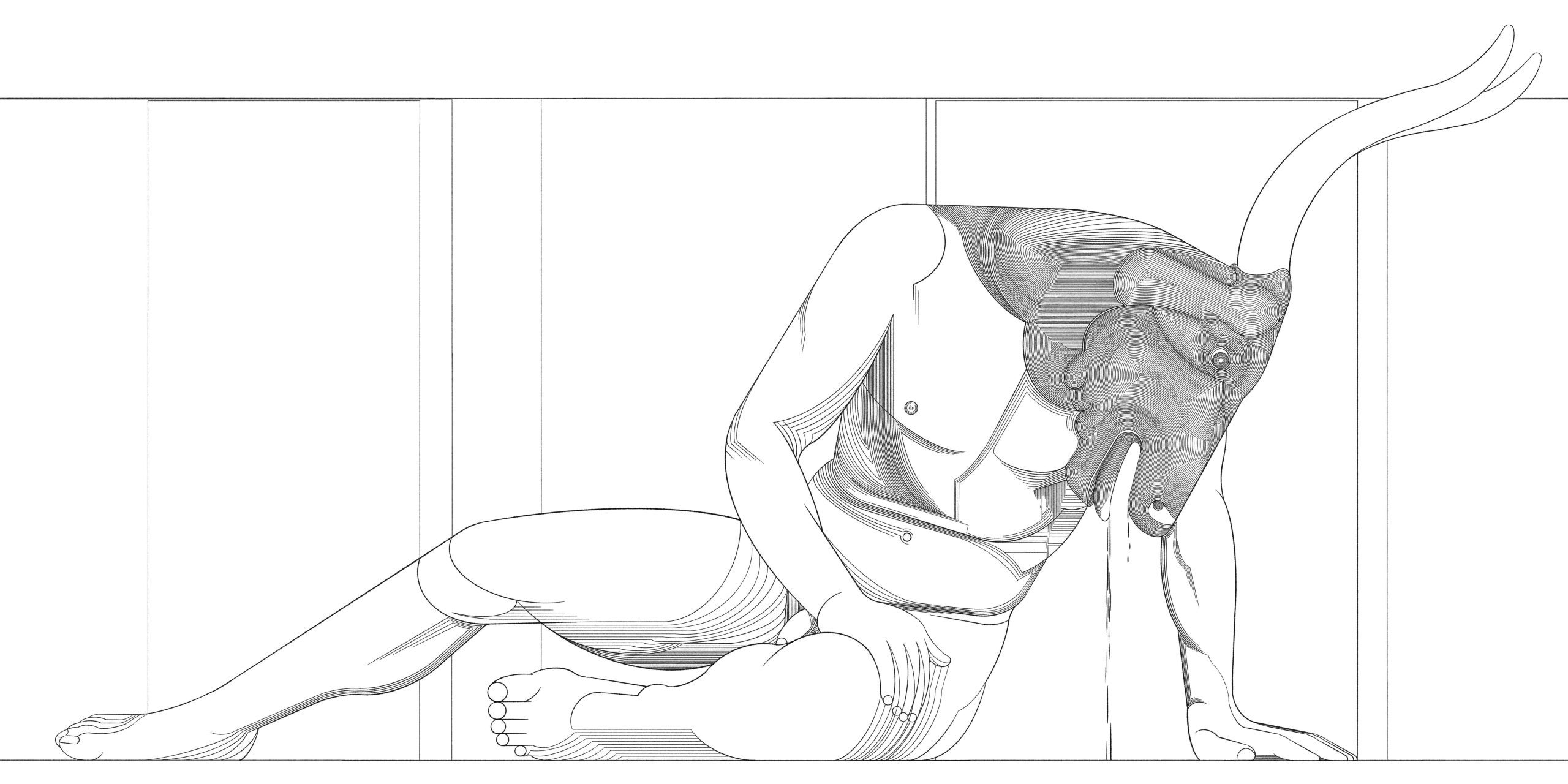
(…) Among the latter, and as a natural step from the editorial to the exhibition, Viñetas desbordadas (Overflowing Panels) played a significant role in his evolution, the exhibition he co-starred in with Max and Ana Merino at the José Guerrero Center in Granada. (…)
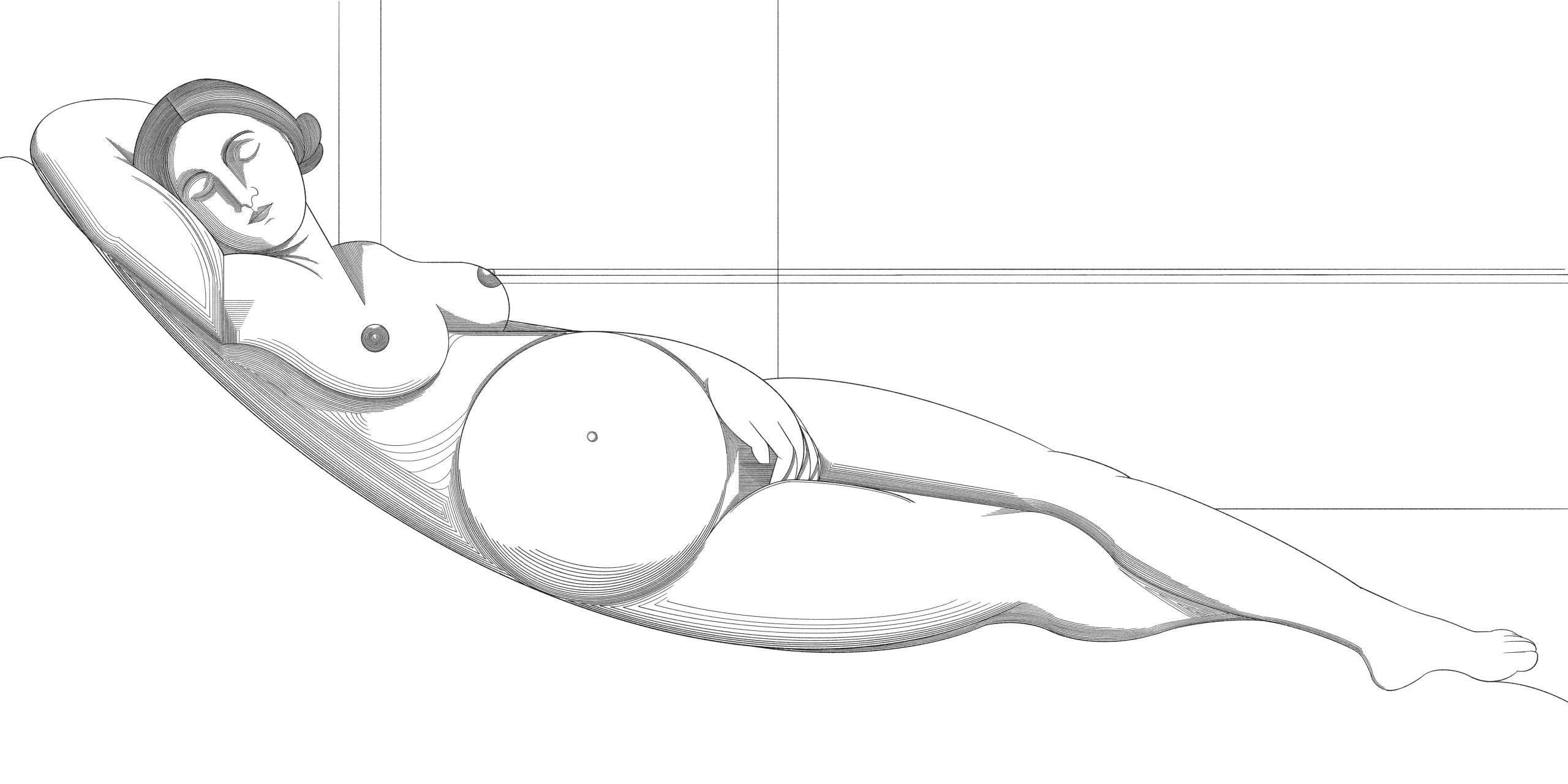
(…) The book that accompanied it included the text “The Comic of Exhibition”, which in turn contained the introductory text for the Maribor project, with which we already experimented with a collaboration to expand the field he had been exploring and move from the page to architectural space. I referred there to a professor who emphasized the importance of drawing, and among the references I had in mind were Agustín Valle’s “Notes on Drawing Understood as Ground or Vice Versa” (“Where various notes are gathered on drawing considered as a horizontal structure, as a surface plane prior to pictorial verticality, and where these qualities of drawing as the ground of painting are explored through various examples taken from different artistic periods,” Acto, issue 1, 2002). (…)
(…) The notes begin by pointing out the source from which they flow: “Benjamin explicitly addresses drawing in the article ‘Painting and Graphics. On Painting or the Sign and the Mark’. A brief text – rarely cited – in which he rightly defends and justifies the idea of the horizontality of drawing – and writing – against the principle of verticality that seems to be characteristic of painting since its distant origin.” The author then asks whether the horizontality of drawing could be considered in relation to the horizontality of the workspace.
He then quickly advocates for the reintroduction of this in the classroom: “I have seen countless Fine Arts students forced to draw on vertical supports, as if they had to paint a picture, and I have found that they all ended up mistreating their drawings, imagining them merely as preparatory for painting. We must reintroduce, and the sooner the better, drawing tables – horizontal – into classrooms where drawing is still attempted to be taught and transmitted. We should not waste a minute doing so. We are still in time to cure ourselves from this disease of verticality.” (…)

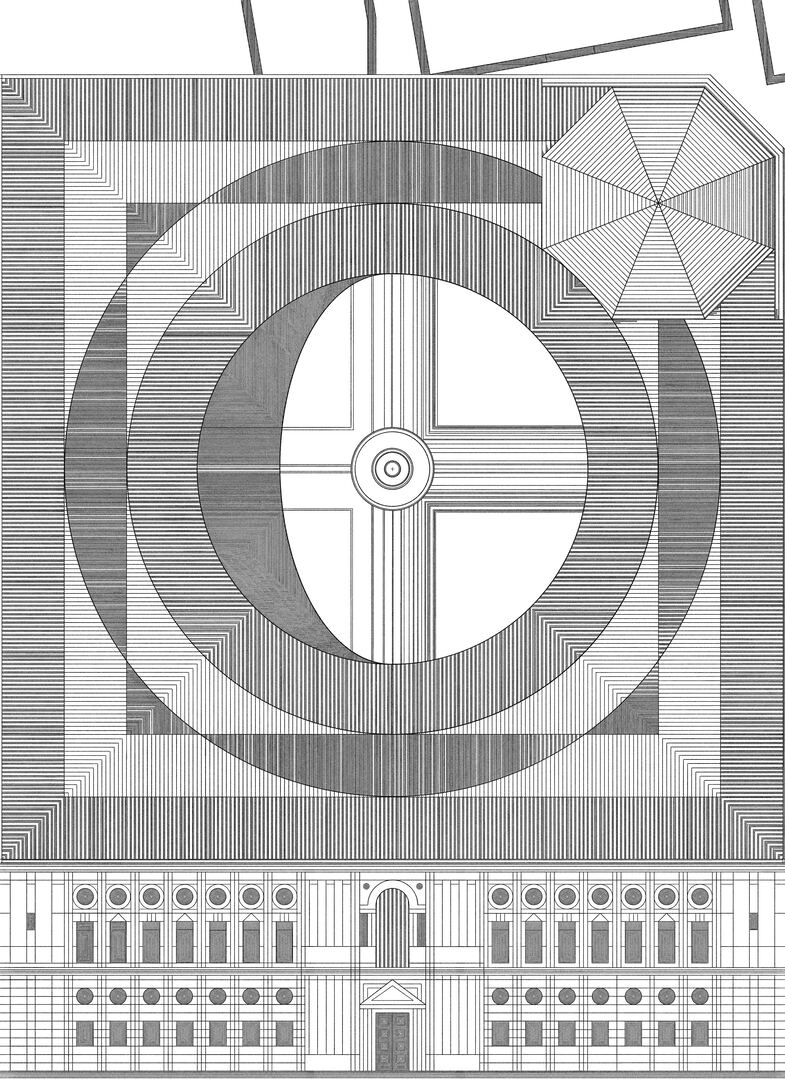
(…) The irony should not make us lose sight of the political stance, its serious polemical vocation. Drawing on Rosalind Krauss, the Notes emphasized that “the vertical is narrative, characteristic of the purification of painting. On the other hand, drawings neither promise nor say anything.”
They were referring, of course, to a type of drawing far removed from the tradition in which Sergio is inscribed, contradicting the beginning where they equated drawing and writing: it’s hard to argue that this is not narrative or does not promise or say anything. But let’s overlook that and focus on the relationship of drawing with the ground. “The ground continues us, a good friend told me the other day: stand up, look at your feet right now, and think about where they seem to end. Fix your gaze downward and realize that the ground never truly ends us, but rather continues us. A splendid extension that supports and contains me.” Thus, the infinity of the line in Sergio García.
And in addition to his findings and contributions to graphic storytelling, the jury of the National Prize also highlighted that he has “a technique with a linear richness that delves into infinity.”(…)
(…) It is this aspect, up to now instrumental, serving the narrative flow, that now demands the artist’s attention. He has concentrated on the line, always of the same thickness, to draw from it all the forms, the lights, the shadows, the spaces, the textures, the entire matter of the world. And this time, it is the stories, the painting, and its genres that are placed at the service of drawing. Instead of being before, it is now after, as historically happened with the reproduction of images painted through engraving, a means of recording and transmitting knowledge. Redrawings, quotations, self-quotations.
Before “the long and ancient list of vertical drawings that were made on the walls,” Agustín Valle asked: “Were they merely made-up drawings or – worse yet – traitor drawings?” Sergio García’s drawings not only flee from the table (the tablet) to the vertical, but “worse yet”: to the canvas. They replace painting. As Valle also pointed out, painting has slipped away. Diluted in a puddle, it has evaporated. And what appears is its ghost. (…)
FRANCISCO BAENA
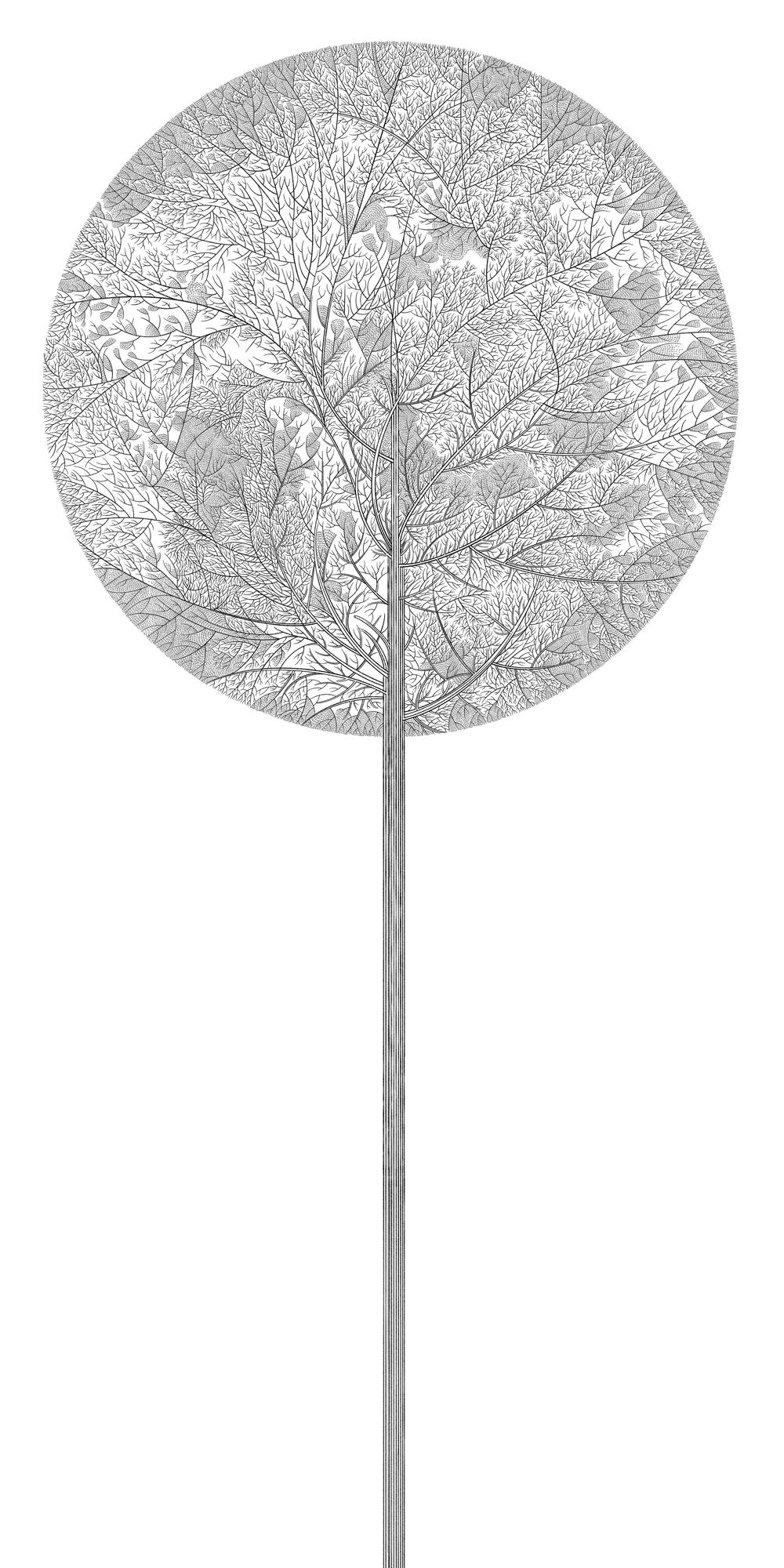



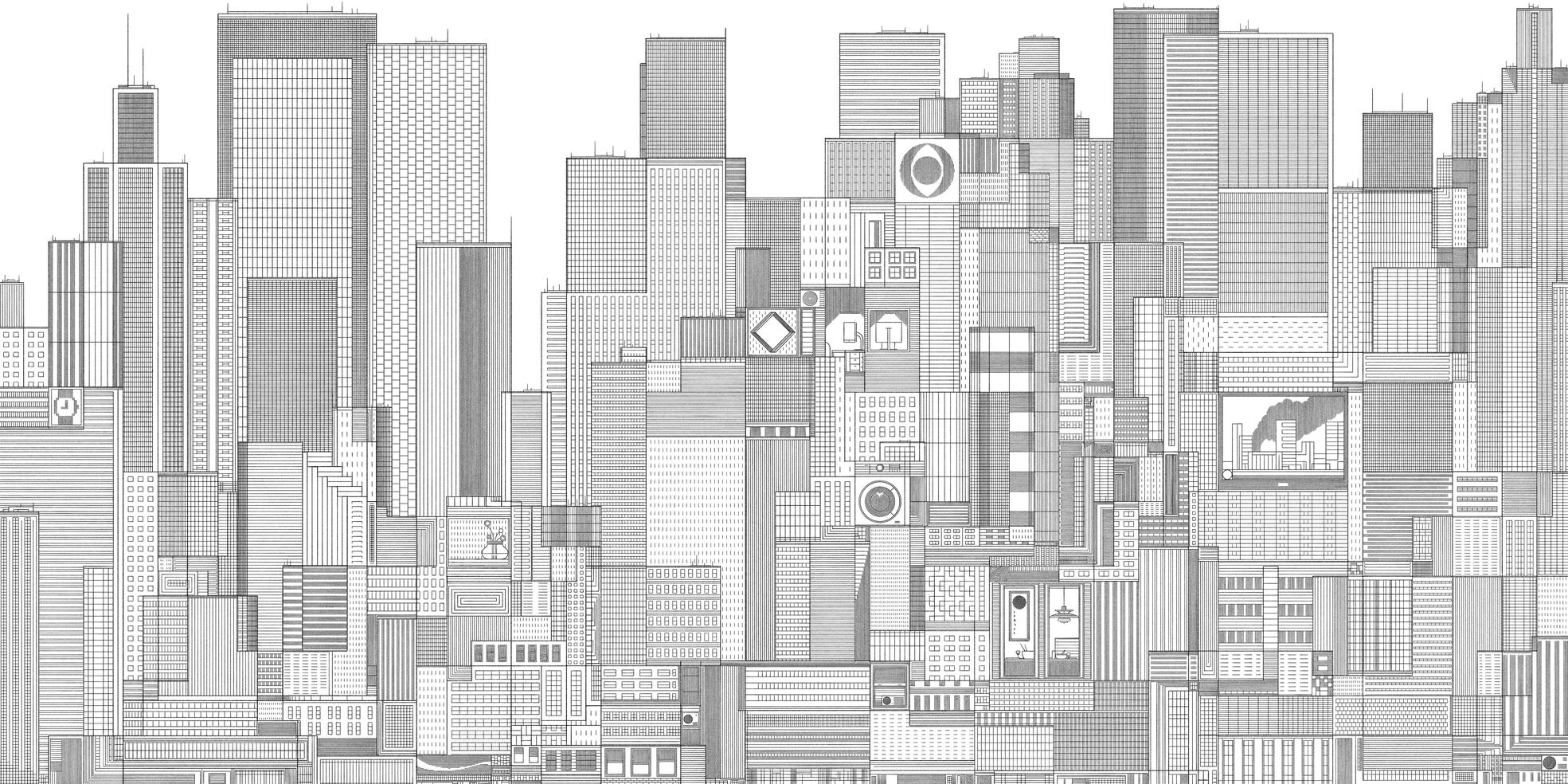

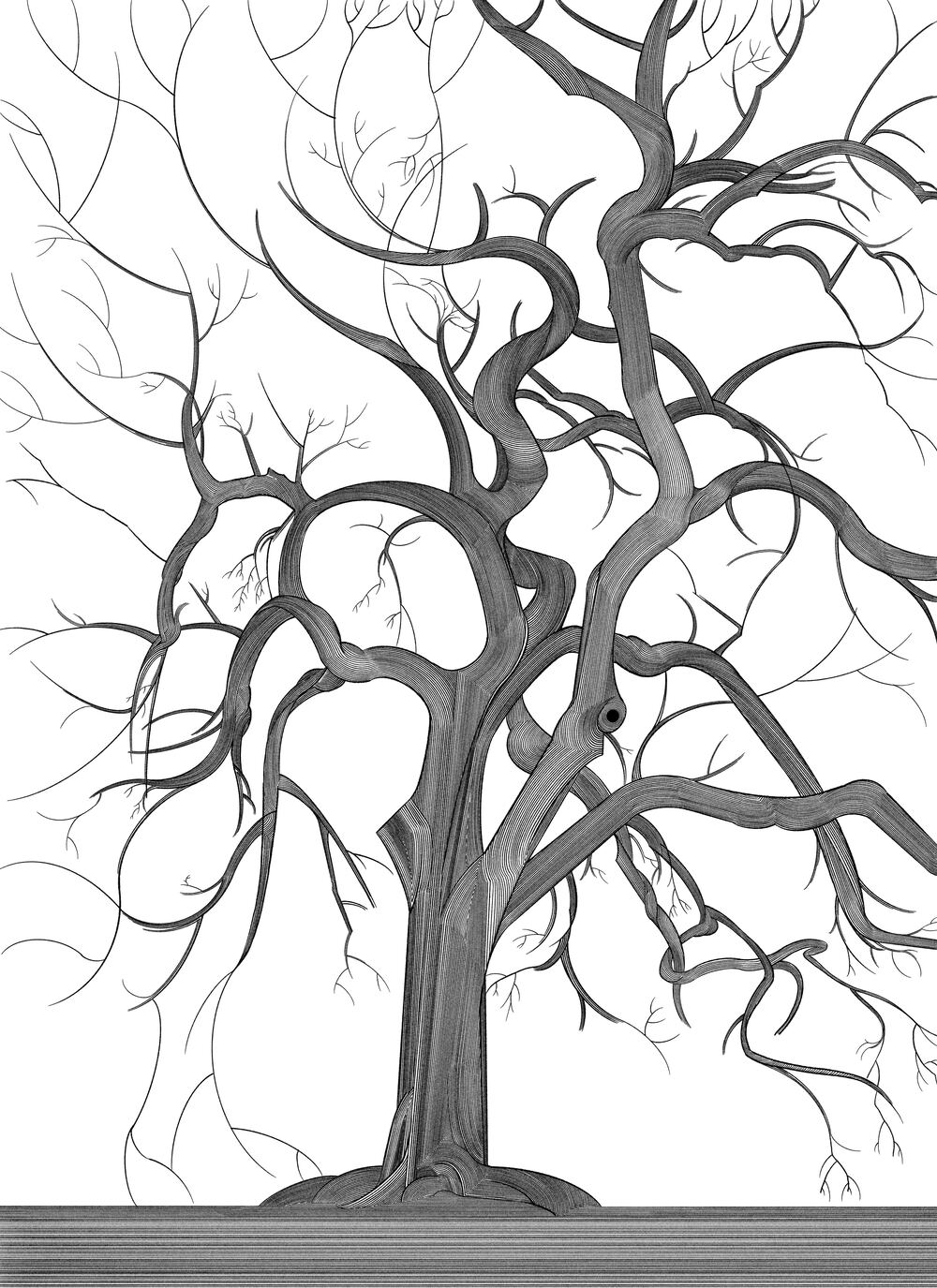



Escritor de entreguerras, 2025
Latex and acrylic inks on primed canvas.
199 x 145 cm
SG016.1
Minotauro en su laberinto, 2025
Latex and acrylic inks on primed canvas.
125 x 250 cm
SG018.1

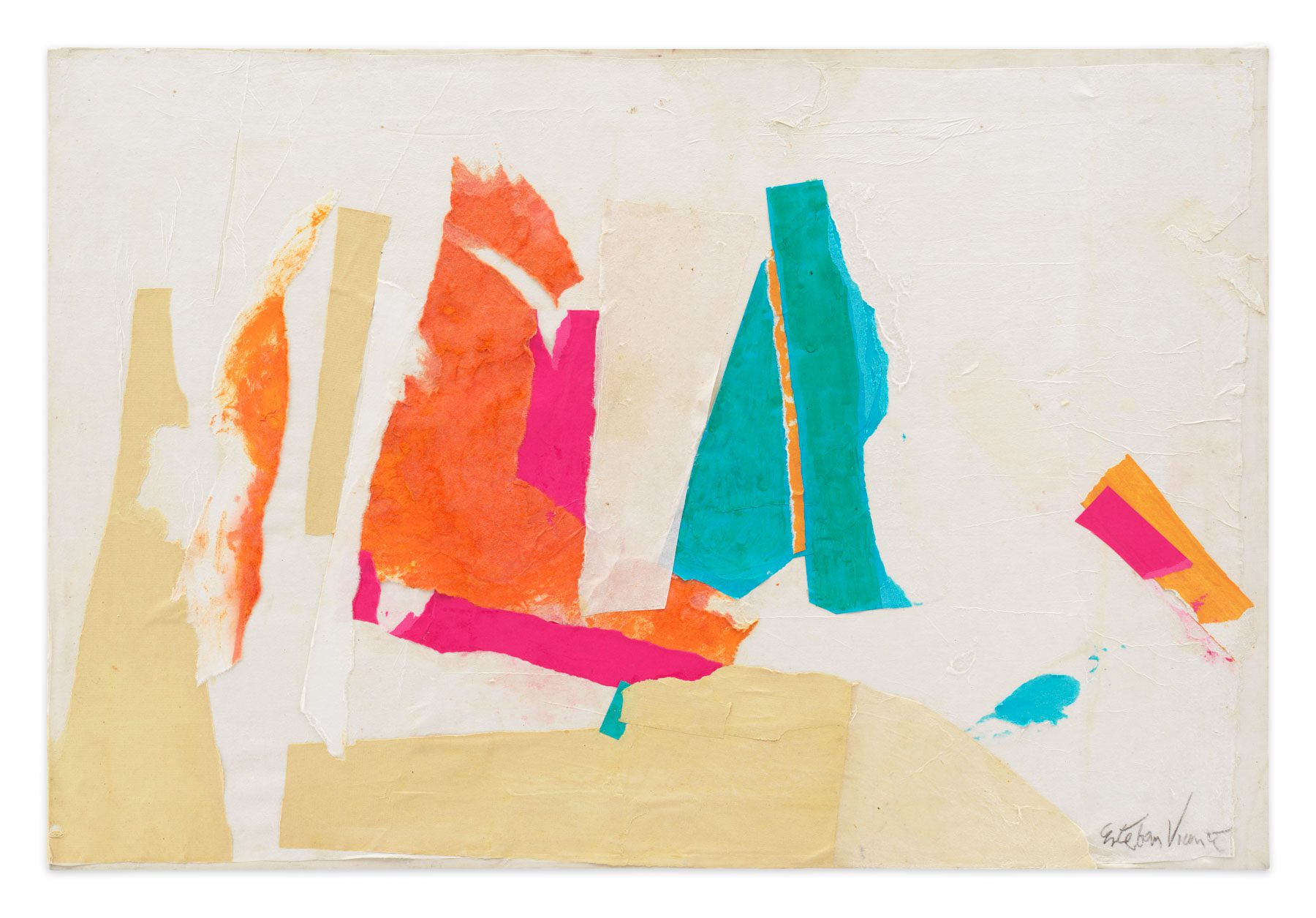
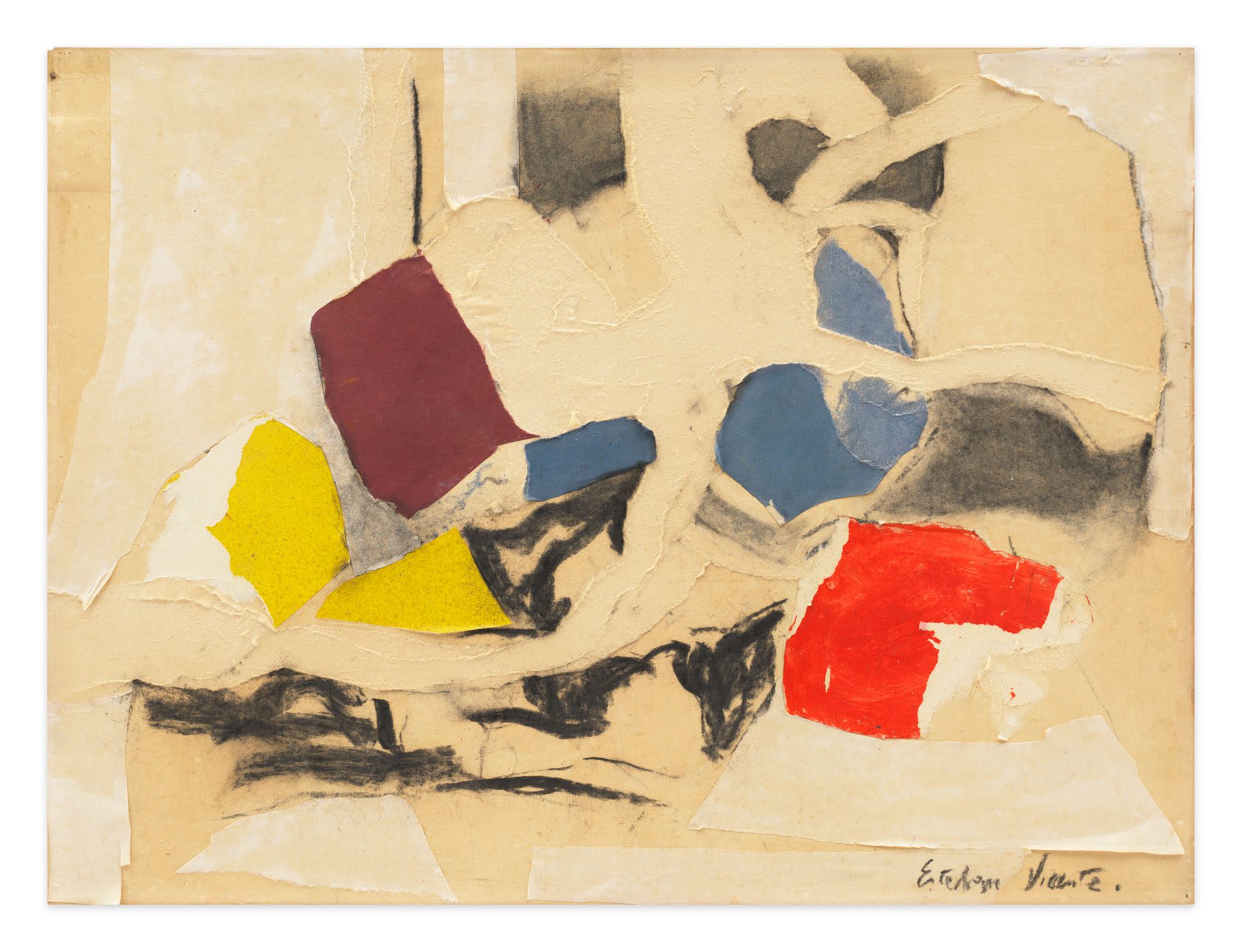
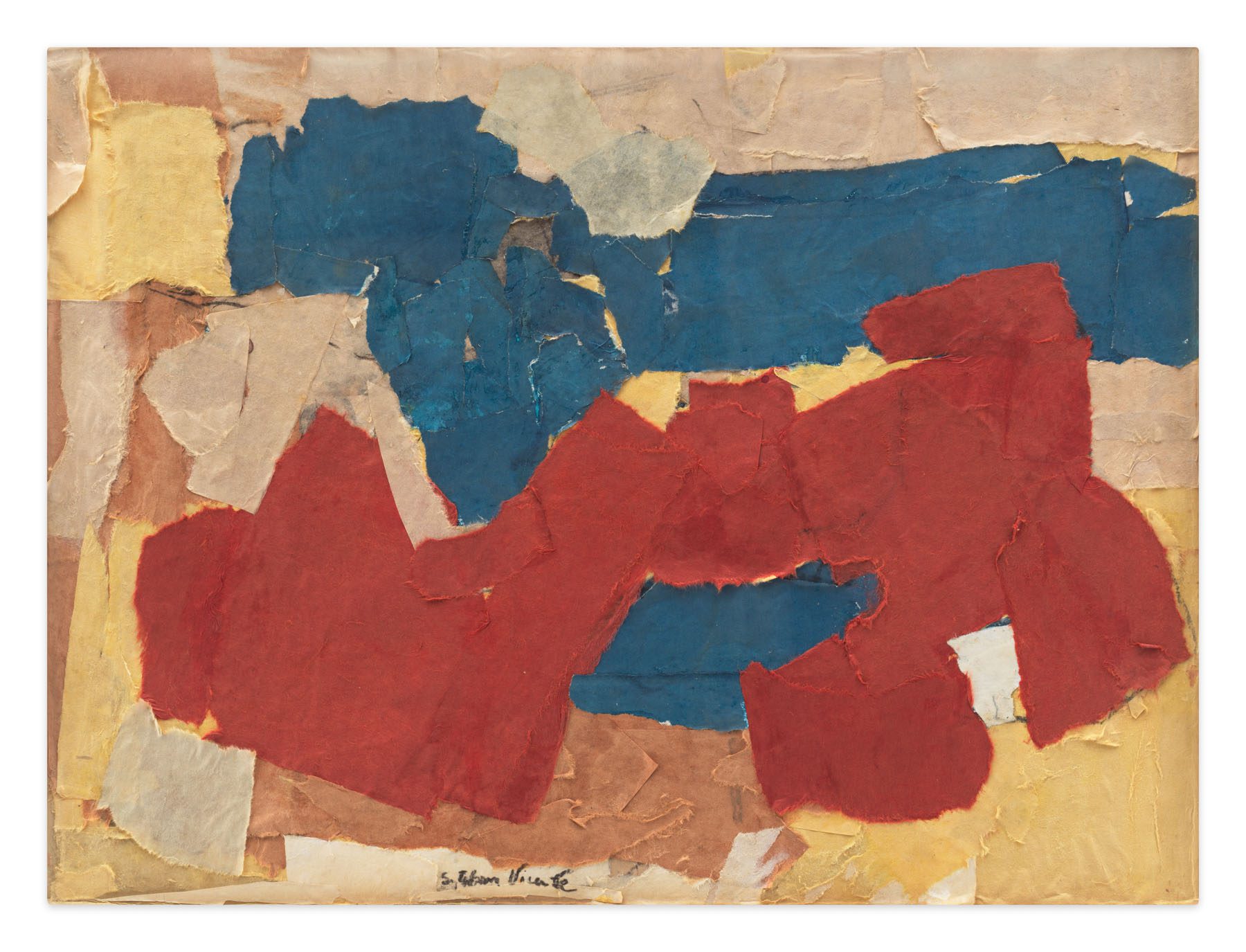
Untitled, 1978
Collage, carboncillo y pastel sobre papel adherido a cartón
63.5 x 49.5 cm
EV036
